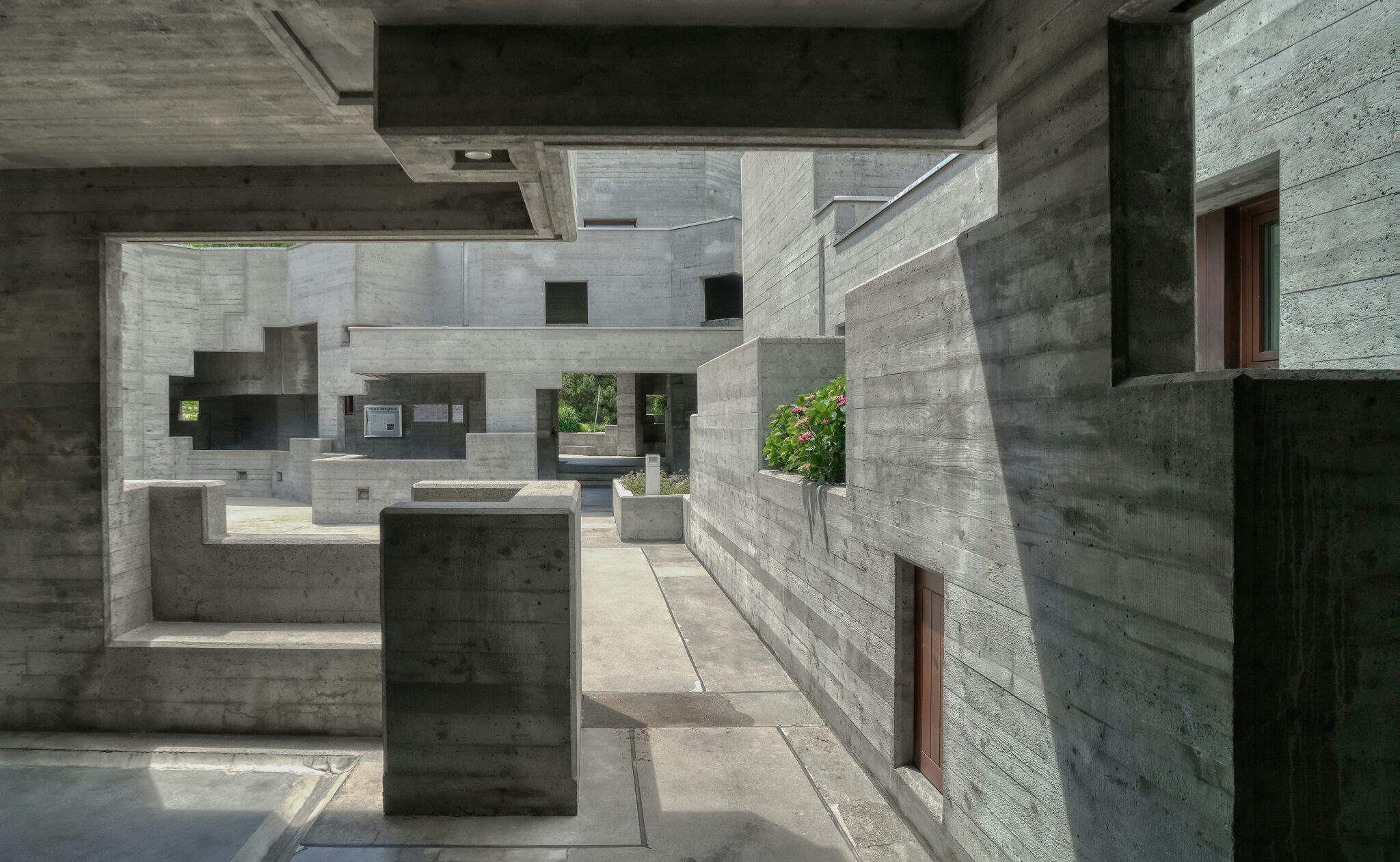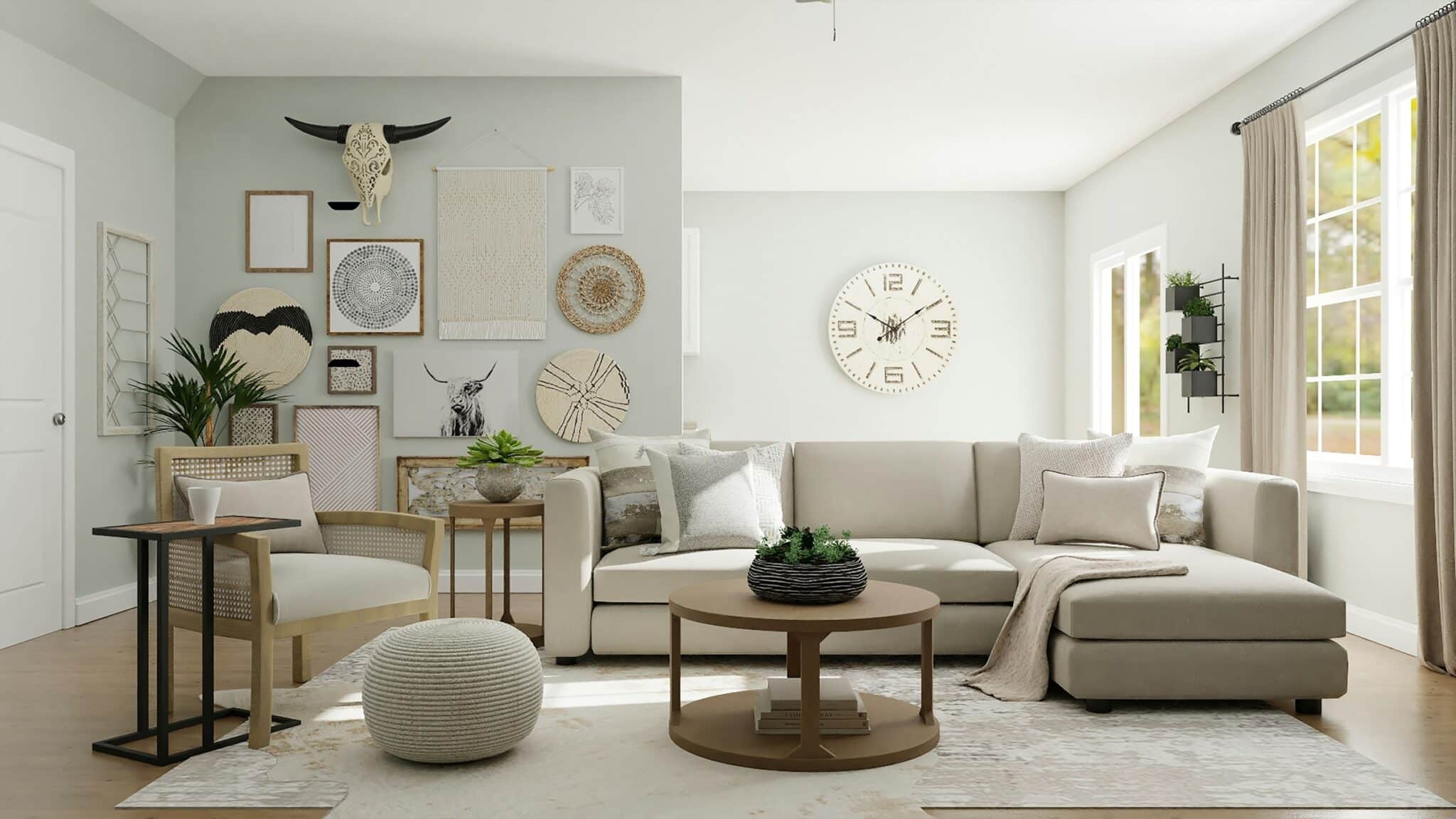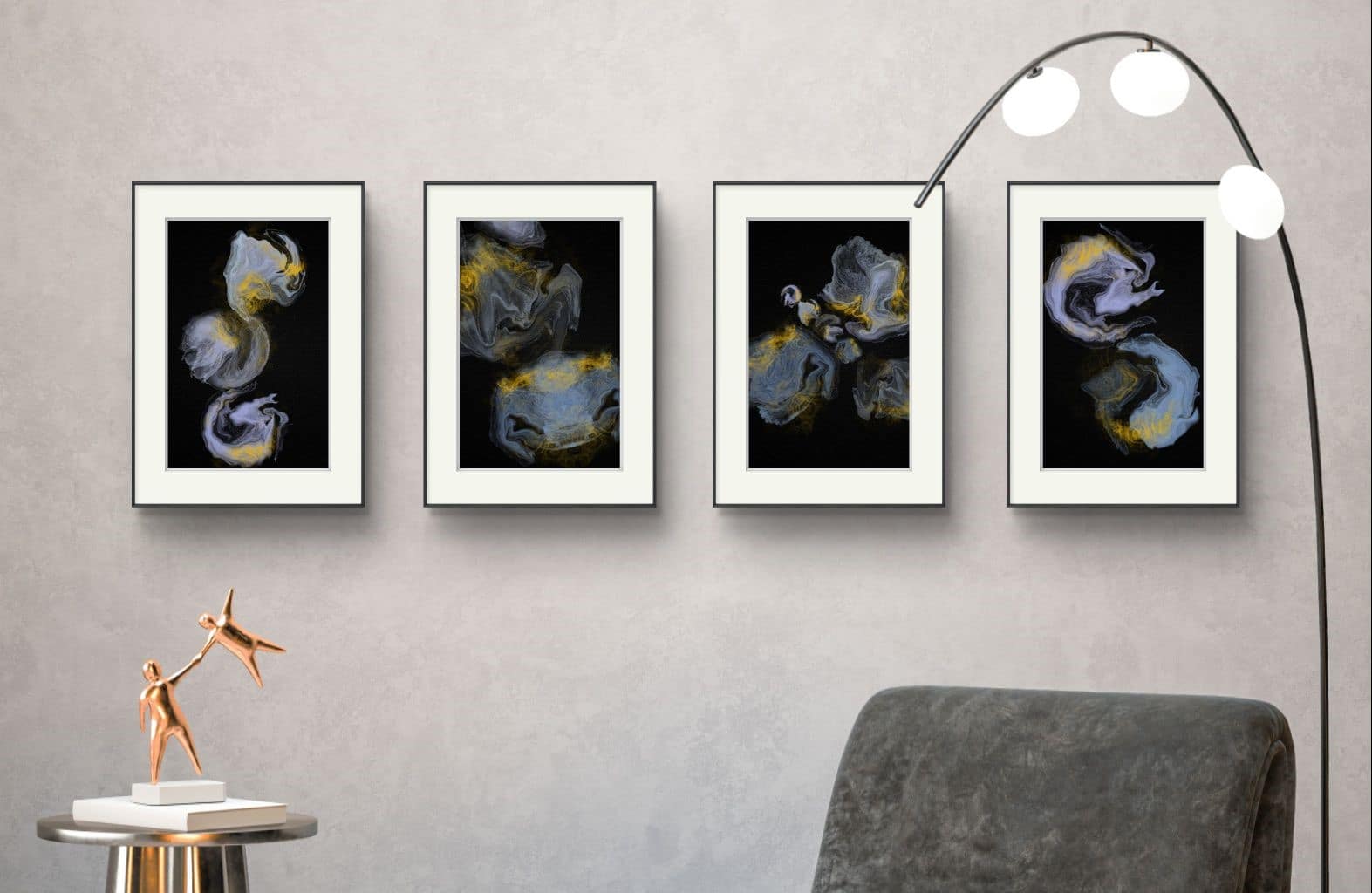Introduction
Scandinavian interior design has captivated the world with its minimalist approach, clean lines, and functional elegance. Rooted in the traditions of Norway, Sweden, Denmark, and Finland, this design style emphasizes simplicity, natural elements, and a cozy atmosphere known as “hygge.” In this comprehensive guide, we will delve into the history and principles of Scandinavian interior design, explore its essential elements, and provide practical tips to help you create a serene and stylish Scandinavian-inspired home. Whether you’re renovating your entire home or just a single room, understanding the essence of Scandinavian interior design will allow you to craft spaces that are both beautiful and functional.
The Origins and Evolution of Scandinavian Interior Design
Scandinavian interior design emerged in the early 20th century, influenced by the region’s harsh climate and the need for functional, warm, and inviting living spaces. The design style was popularized in the 1950s, drawing from the modernist movement but with a unique twist that emphasized light, nature, and simplicity.
Key figures like Alvar Aalto, Arne Jacobsen, and Hans Wegner played significant roles in shaping Scandinavian interior design, introducing iconic furniture pieces that remain popular today. Over time, the style has evolved, incorporating contemporary elements while maintaining its core principles of minimalism and functionality.
Key Principles of Scandinavian Interior Design
- Simplicity and Minimalism
At the heart of Scandinavian interior design is the principle of simplicity. This design ethos embraces minimalism, focusing on clean lines, uncluttered spaces, and functional furniture. The aim is to create environments that are calm, serene, and free from unnecessary distractions.
- Natural Light
Natural light is a crucial element in Scandinavian interior design. Given the long, dark winters in Scandinavia, maximizing natural light is essential. Large windows, light-colored walls, and strategically placed mirrors help to brighten spaces and create an airy, open feel.
- Neutral Color Palettes
Neutral color palettes are a defining feature of Scandinavian interior design. Whites, grays, and earthy tones dominate, providing a blank canvas that enhances the sense of space and light. These colors are often complemented by subtle pops of color through accessories and decor.
- Natural Materials
Incorporating natural materials is fundamental in Scandinavian interior design. Wood, leather, wool, and stone are commonly used, adding warmth and texture to the space. These materials create a harmonious connection with nature, reflecting the Scandinavian appreciation for the outdoors.
- Functionality and Practicality
Functionality is paramount in Scandinavian interior design. Furniture and decor are chosen not only for their aesthetic appeal but also for their practical use. Multi-functional pieces, such as storage benches and fold-out tables, are common, ensuring that every item serves a purpose.
Essential Elements of Scandinavian Interior Design
- Furniture
Scandinavian furniture is characterized by its clean lines, simple shapes, and functional design. Pieces like the Eames Lounge Chair, the Arne Jacobsen Egg Chair, and the Hans Wegner Wishbone Chair are iconic examples. Furniture is typically made from natural materials like wood and leather, and is designed to be both comfortable and durable.
- Lighting
Lighting plays a critical role in Scandinavian interior design, with an emphasis on creating a warm and inviting atmosphere. Pendant lights, floor lamps, and wall sconces are often used to provide ambient and task lighting. Candles and fairy lights are also popular, adding a cozy touch that embodies the concept of hygge.
- Textures and Fabrics
Textures and fabrics add depth and warmth to Scandinavian interiors. Wool, linen, and cotton are commonly used for textiles, while sheepskin rugs and knitted throws provide comfort and coziness. These elements soften the clean lines and neutral colors, making the space feel more inviting.
- Greenery
Bringing nature indoors is a key aspect of Scandinavian interior design. Houseplants are used to add color and life to the space, while also improving air quality. Simple, low-maintenance plants like succulents, ferns, and snake plants are popular choices.
- Art and Decor
Art and decor in Scandinavian interior design are typically minimal and understated. Black and white photographs, simple line drawings, and abstract art are common. Decorative items are kept to a minimum, ensuring that each piece has a purpose and contributes to the overall aesthetic.
Creating a Scandinavian Interior Design: Room by Room
- Living Room
The living room is often the heart of the home, and Scandinavian interior design transforms it into a welcoming and functional space. Start with a neutral color palette and choose furniture with clean lines and natural materials. A comfortable sofa, a wooden coffee table, and a few well-placed plants can create a cozy and inviting atmosphere. Add texture with a wool rug, knitted throw blankets, and cushions in complementary colors.
- Kitchen
A Scandinavian kitchen is both practical and stylish. Opt for simple, streamlined cabinetry in light colors, such as white or pale gray. Open shelving can showcase beautiful dishware and provide easy access to everyday items. Incorporate natural materials like wooden countertops, stone backsplashes, and stainless steel appliances. Good lighting is essential, so consider pendant lights over the kitchen island and under-cabinet lighting for workspaces.
- Bedroom
A Scandinavian bedroom is a sanctuary of calm and relaxation. Choose a neutral color scheme and invest in high-quality bedding with simple patterns or solid colors. Furniture should be minimal and functional, such as a wooden platform bed, bedside tables with clean lines, and a sleek dresser. Incorporate soft textures through rugs, throw blankets, and cushions to create a cozy atmosphere. Consider adding blackout curtains to ensure a good night’s sleep, and use soft, ambient lighting to create a relaxing environment.
- Bathroom
Scandinavian bathrooms emphasize cleanliness and simplicity. Use materials like glass, stone, and wood to create a sleek, spa-like environment. Floating vanities, frameless mirrors, and walk-in showers with glass enclosures are popular choices. Consider incorporating a statement piece, such as a freestanding bathtub or a unique light fixture, to add character.
- Home Office
With the rise of remote work, a functional and stylish home office is essential. Choose a minimalist desk and ergonomic chair to ensure comfort and productivity. Storage solutions like floating shelves or built-in cabinets can keep the space organized. Personalize the office with art, plants, or decorative items that inspire creativity.
Tips for Achieving Scandinavian Interior Design on a Budget
- Prioritize Key Pieces
Invest in a few high-quality, timeless pieces of furniture that will anchor the room. These can be complemented with more affordable accessories and decor items.
- DIY Projects
Consider DIY projects to add a personal touch and save money. Painting walls, refurbishing old furniture, or creating custom art pieces are great ways to enhance your space without breaking the bank.
- Shop Second-Hand
Vintage and second-hand stores can be treasure troves for finding unique, Scandinavian-inspired pieces at a fraction of the cost. Look for items that have clean lines and can be easily integrated into your design.
- Use What You Have
Repurpose existing furniture and decor by giving them a modern twist. A fresh coat of paint, new hardware, or reupholstering can breathe new life into old items.
Conclusion
Scandinavian design is a timeless and versatile approach that can transform any space into a functional, stylish haven. By embracing the principles of simplicity, natural light, neutral colors, and functionality, you can create an environment that reflects your personal style while providing comfort and elegance. Whether you are redecorating a single room or your entire home, understanding the fundamentals of Scandinavian interior design will enable you to make informed choices that enhance your living space. Remember, the key to successful Scandinavian interior design lies in balancing aesthetics with practicality, creating a harmonious and inviting atmosphere that stands the test of time.
Embrace the journey of transforming your home with Scandinavian interior design, and enjoy the process of creating a space that is uniquely yours.



